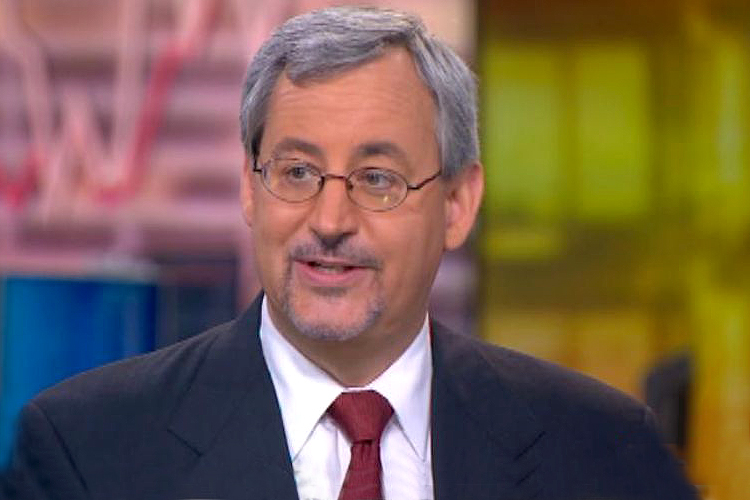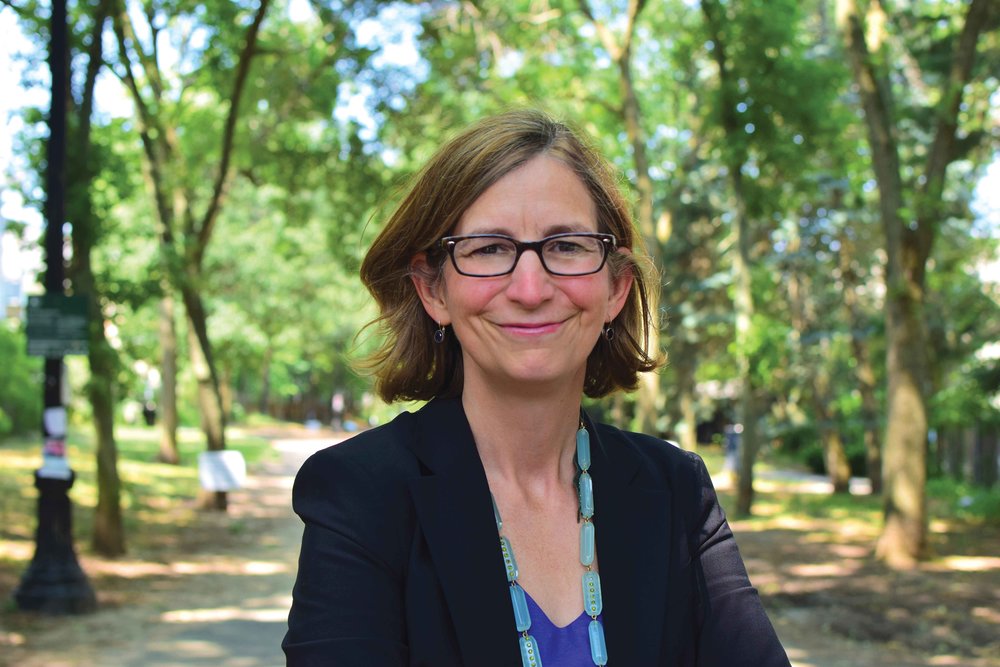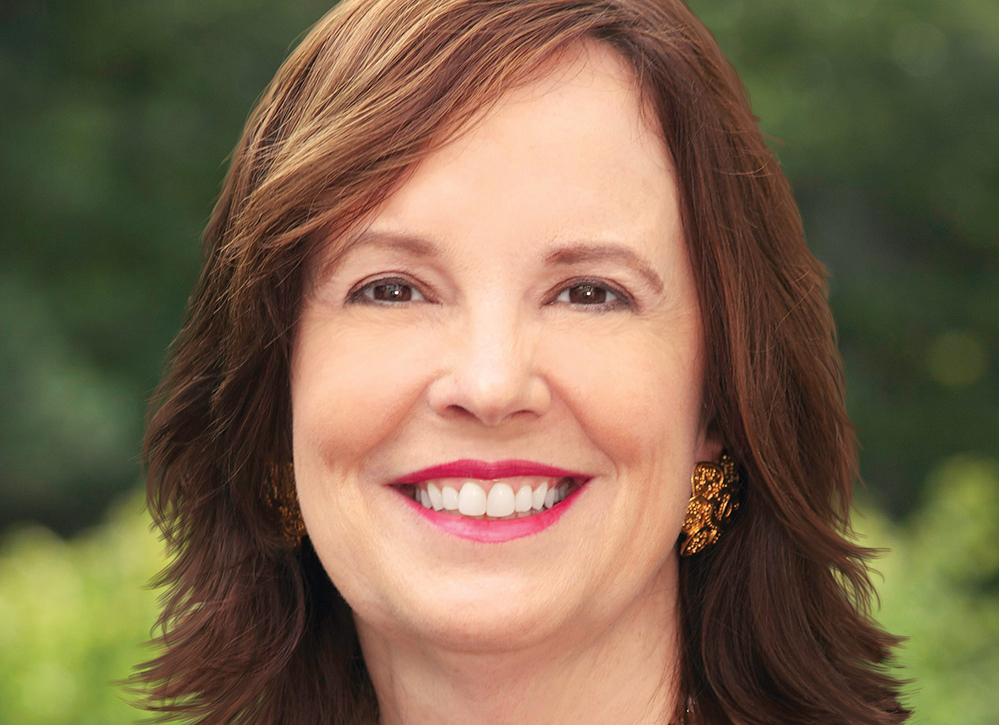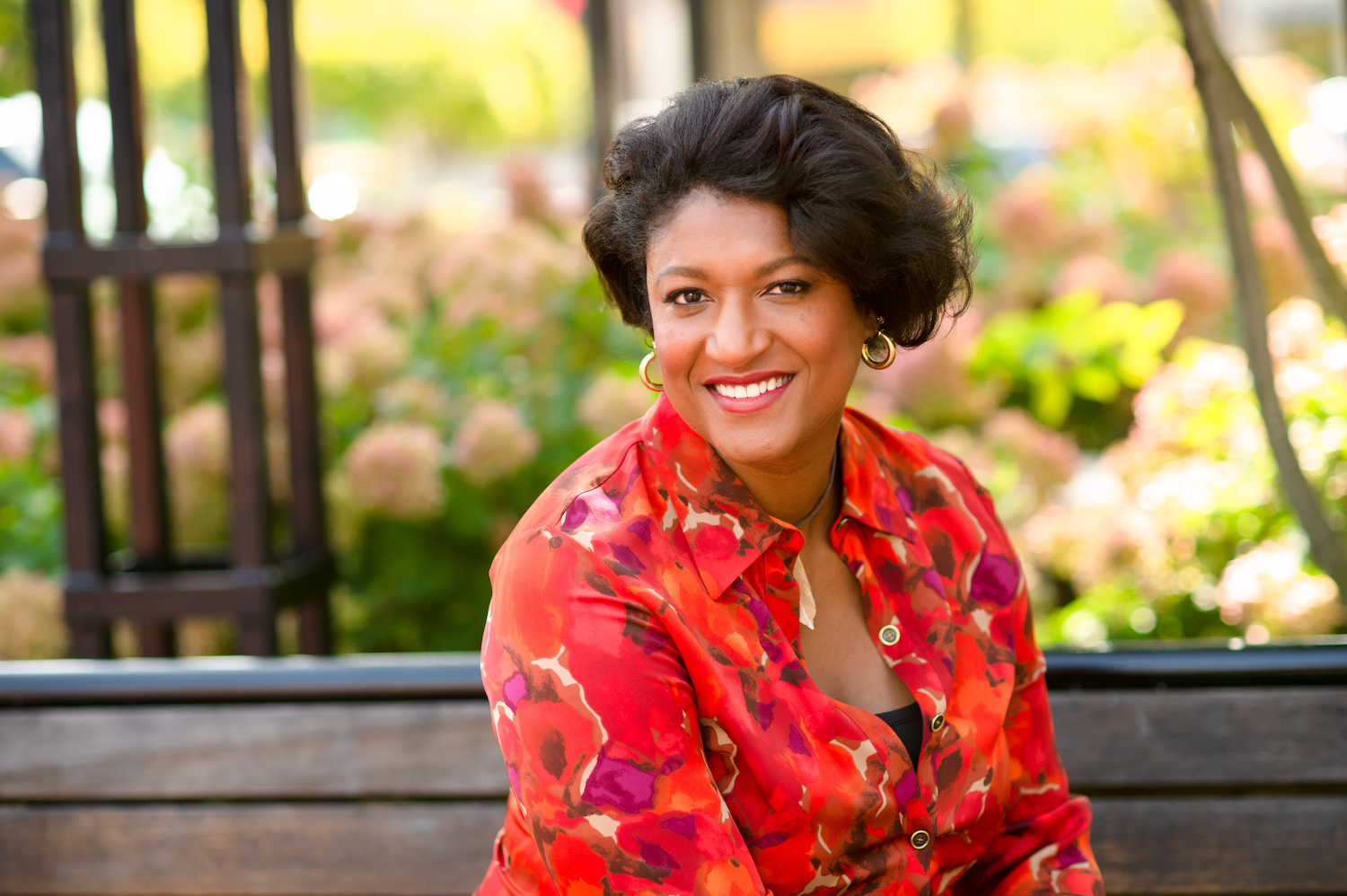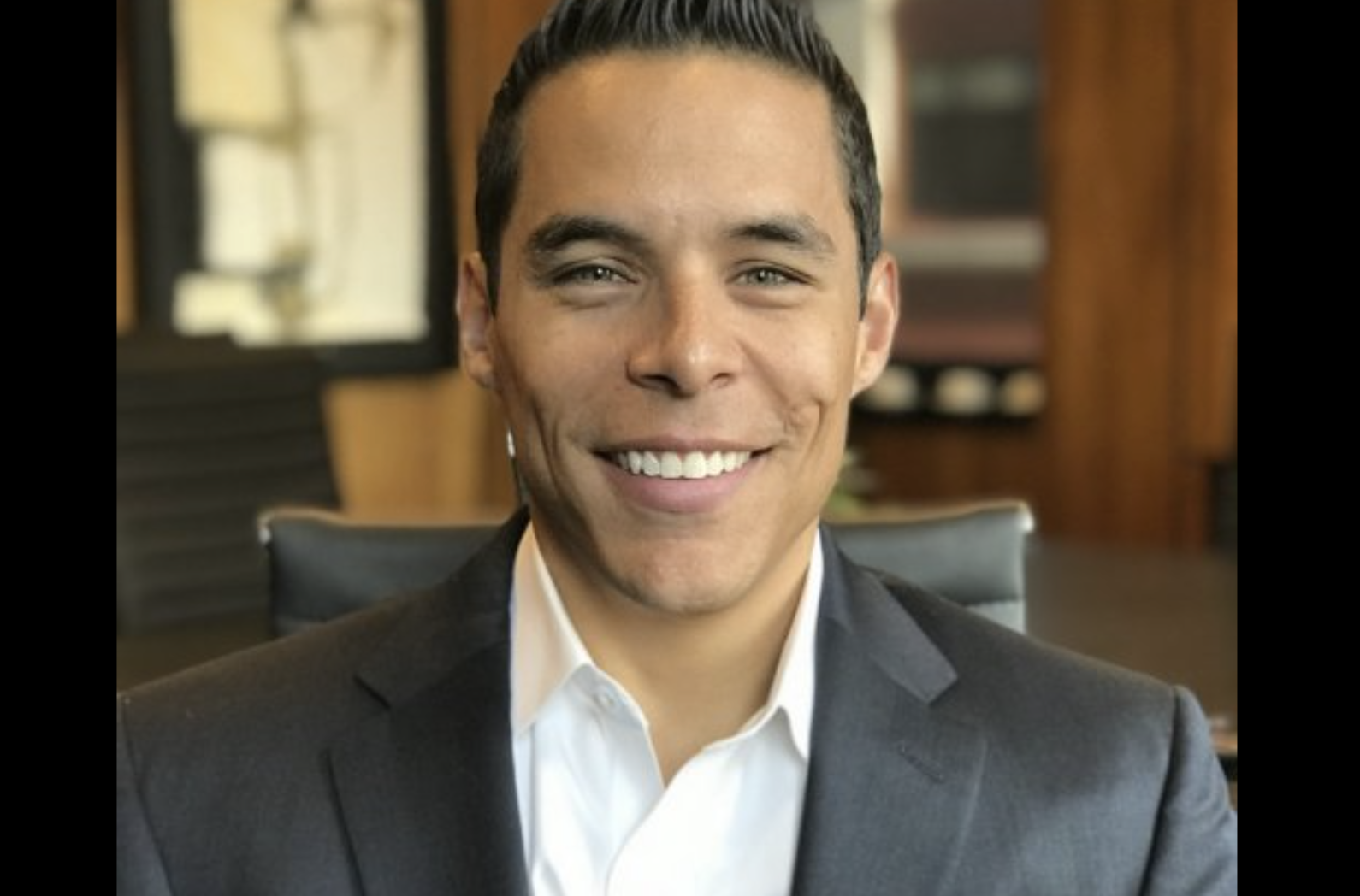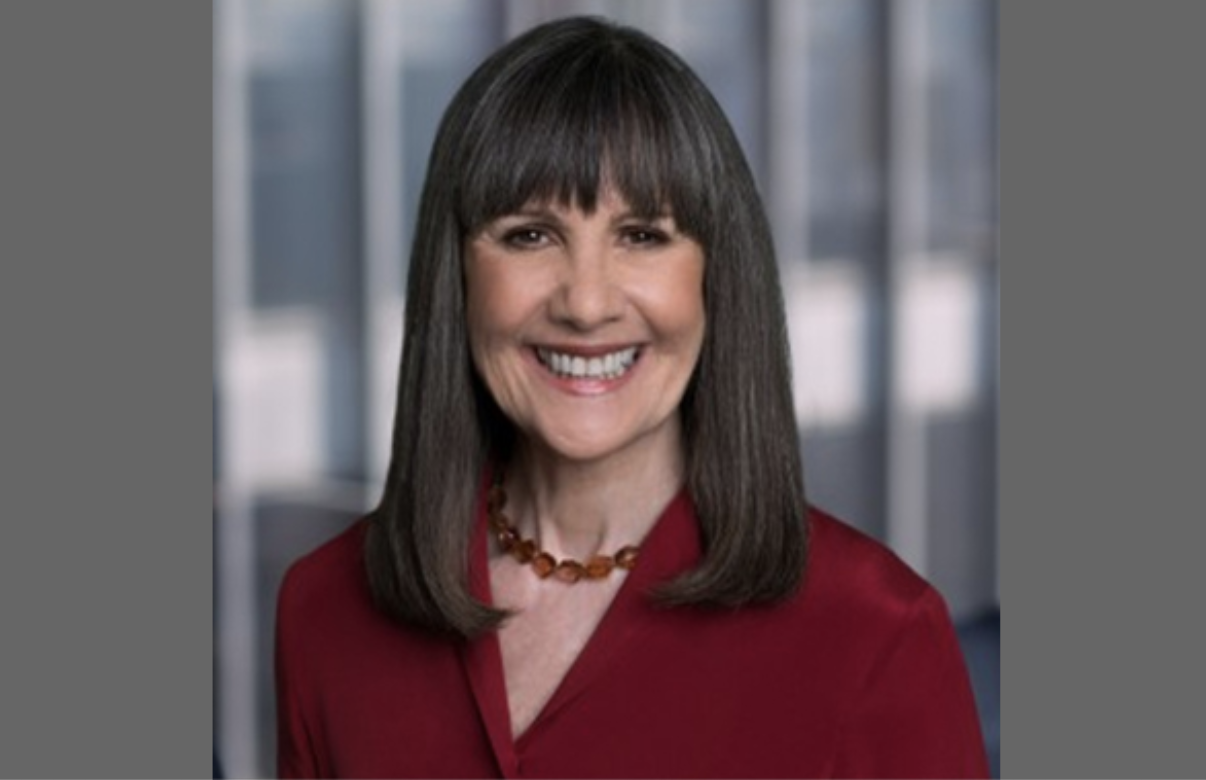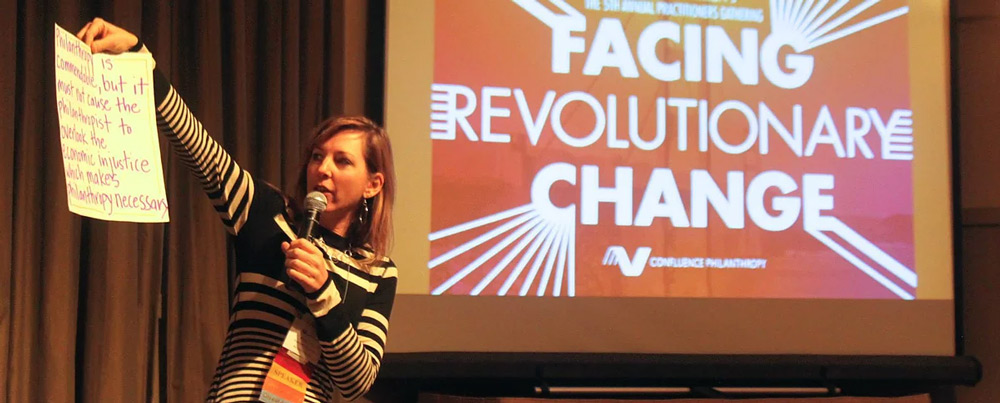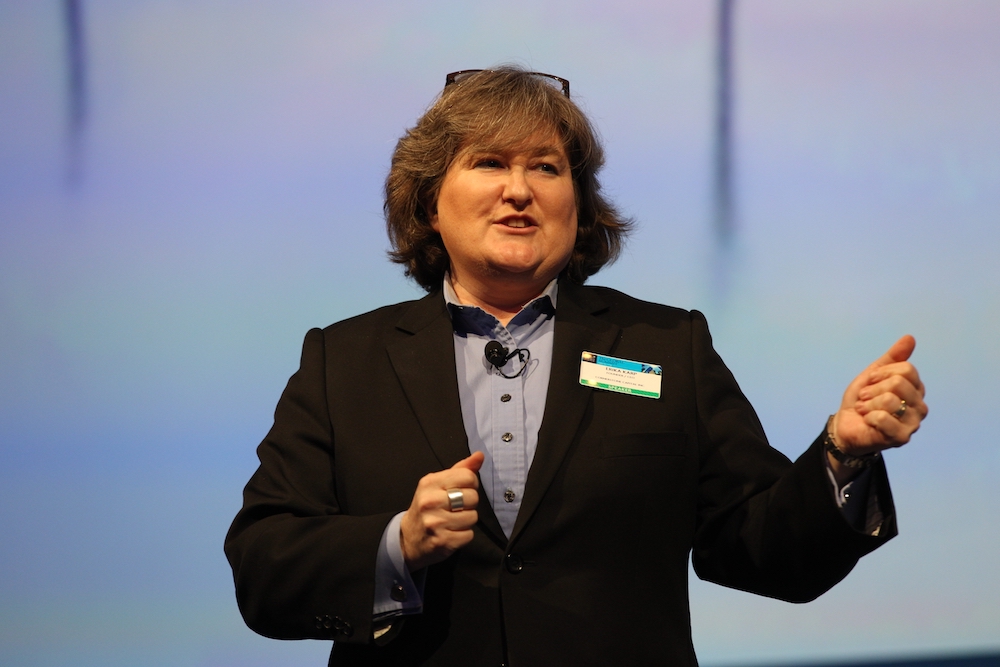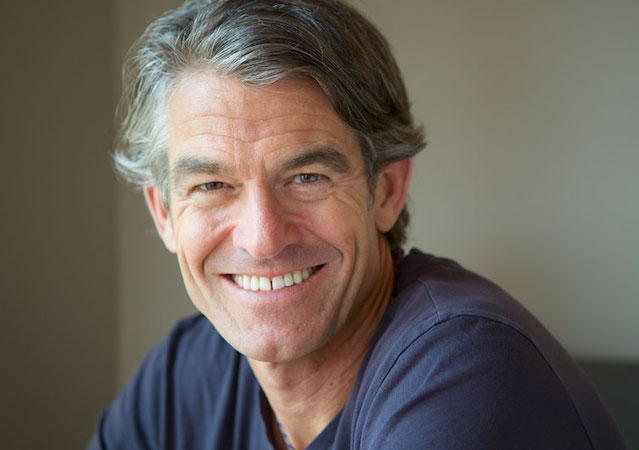Most middle-school-aged children are focused on their small life bubble: impressing their friends with their new sneakers or making sure they do their math homework on time. When I was young, I realized that I was a little different from most children.
Instead of coming home from work yielding comic books, my father, who worked in a factory near our hometown of Enfield, Connecticut, would grab The Wall Street Journal from the reception area of his workplace, as we couldn’t afford a subscription.
He would bring it home so I could sift through the stories about the curious, exciting, but equally devastating world I was part of. This daily indulgence, and an overall fascination with the world, led me to make my first investment in a socially responsible fund, at age eleven: the Dreyfus Third Century Fund.
So, you can say that “values-aligned” was how I lived my life. Nothing was removed from this overlay of how I see the world.
This perspective allowed me to navigate my career after graduating college, which happened to coincide with the height of the AIDS epidemic and the rampant implementation of “trickle-down economics” under the Reagan Administration.
This period wasn’t conducive to finding the job I wanted: a role in the U.S. government working in international economic development. Instead, I focused where I could get a job given my computer and quant skills. I eventually received an offer to work as an analyst at Lehman Brothers.
Now, I know that this seems like a stretch from my starry-eyed eleven-year-old dreams of alleviating poverty. But I came to believe that a worldview was just the lens I needed to understand the levers of the economic system we’re all part of. In my case, I rather reluctantly chose this Wall Street frame, but used it as an opportunity to soak up a lot of learning about how the system worked.
As an analyst at Lehman, I was eventually assigned to research consumer-growth companies. It was 1988 and “sustainable investing” was a niche area reserved for a handful of specific funds. I presented my boss with the idea that Lehman should incorporate Environmental, Social, and Governance (ESG) metrics into researching consumers, and potentially all of the firm’s research franchises.
I wrote a business plan showing the increasing number of private companies that were fast-growing and showed promise of going public. I saw that not only would this give Lehman leverage over its competitors, it had the potential to increase returns for our institutional clients and move these investors toward values-aligned investing.
Unbeknownst to my manager, I had already been incorporating certain ESG metrics as an analyst. To me it made perfect sense to ask companies questions like, How do you recruit future employees? How much do you pay employees? What is your employee retention rate? These questions were clear indicators of the quality of management and therefore could tell an analyst more about the future of the performance of the company.
Even these types of questions weren’t commonplace; in fact, they were discouraged. The associate director of research at Lehman at the time responded to my proposition of ESG incorporation with a few blunt words: “Matt, it’s really nice that you care about these issues but if you don’t stop, it will destroy your career.”
Well, I guess he was wrong.
By 1990, I was a member of the Social Venture Network (SVN), a network of values-aligned individuals and companies such as Ben & Jerry’s, The Body Shoppe International, Whole Foods Market, Seventh Generation, and Stonyfield Farms. This organization is where I met some of the biggest names in the emerging world of Sustainable Responsible Investing (SRI), including Trillium founder Joan Bavaria.
I had found my tribe; they too saw through my same worldview lens. Soon after this point, I left Lehman and transitioned into working exclusively in the SRI field, which eventually led me to become the CEO of Trillium Asset Management in 2009, one of the oldest (and leading) ESG investment management firms.
My story shines light on my ingrained passion for being a force for positive change. My husband Jun and I invest our own assets in the same ways in which Joan Bavaria, Trillium’s founder, would, and in the ways the Trillium philosophy governs. We do this because a) we believe that long-term positive investment performance is only possible when ALL risks and opportunities are measured and considered, and this includes environmental and social metrics, and b) we believe that because we have the ability, we have a responsibility to make the world a better place.
To shed a little more light on this, I have broken out our personal investments to show how I try to “walk the talk.” To preface this discussion of our personal assets: we keep our money out of big banks, sticking primarily to Eastern Bank and Cambridge Trust, two Boston-based institutions.
Beth Bafford: Making my money work for my kids and their future
Public equities: First, we currently hold the majority of our liquid assets in public equities through the Trillium Sustainable Opportunities Strategy, which I help manage. This is a high-conviction, sustainability-themed strategy that invests in companies positioned to thrive as we transition to a more sustainable economy. More specifically, the strategy uses a thematic approach to identify companies addressing sustainability challenges in three areas: Climate Solutions, Economic Empowerment, and Healthy Living. These three themes and related sub-areas have been outlined by the UN Sustainable Development Goals that Trillium uses as a framework.
Trillium recently underwent an acquisition which provided us liquidity on our largest private equity position. This transaction closed very recently and we have not yet put those proceeds to work.
Private ventures: We hold approximately 20% of our liquid assets in a handful of private funds, with the largest allocation to a private fund of funds that invests in private equity, venture equity and debt, and real estate in sustainable enterprises across the same three broad thematic areas that the Sustainable Opportunities strategy employs: climate solutions, economic empowerment and healthy living.
CDFI loan funds: Lastly, we have around 5% of our liquid assets in Community Development Financial Institutions funds. CDFIs invest in affordable homes to support families and make loans to help individuals lift themselves out of poverty. An example of one of the CDFIs in which we are invested is the Low Income Investment Fund (LIIF). LIIF is a financial intermediary that helps bridge the gap between low-income neighborhoods and public and private capital sources.
Jun and I both have a long history of prioritizing environmental issues and broad social justice issues, especially gender, racial, and LGBTQI equality. We have tried to make sure that all of our investments are aligned with these values. Of course, there is always room for improvement, whether it be in my personal life or my professional life. We are currently putting pressure on Schwab to increase their socially responsible options for the donor-advised fund that we hold, which is less than 1% of our assets. They only offer one fund with an ESG overlay.
I urge those who don’t currently align their investments with their values to do so. If your employer doesn’t offer socially responsible funds in the 401K plan, raise this issue and recommend solutions. Putting this pressure on employers to change their investment options will put pressure on the 401K providers to offer more values-aligned options, until this way of investing is commonplace.
Matthew Patsky is the chief executive officer of Trillium Asset Management. Thanks to Confluence Philanthropy for sharing Matthew’s post.
Important Disclosure: The views expressed are those of the author as of the date posted and are subject to change at any time based on market or other conditions. This information is not intended as investment advice or a recommendation to purchase or sell specific securities. Past performance is no guarantee of future results. Every investment carries the potential for both profit and loss.

